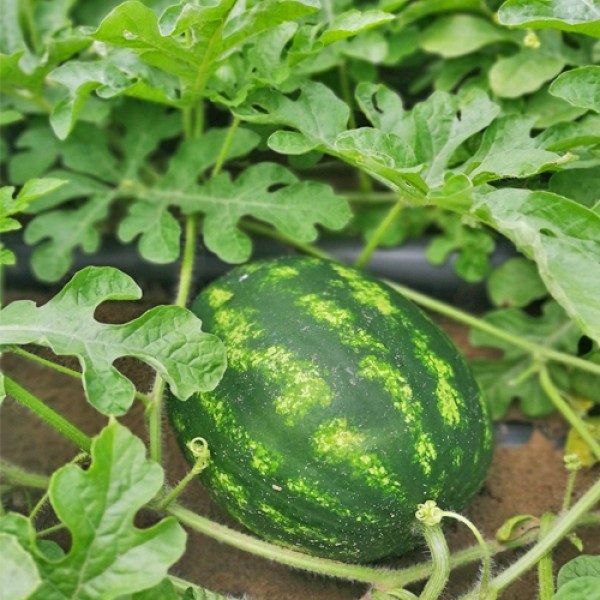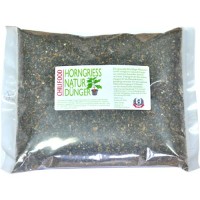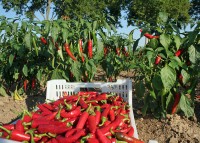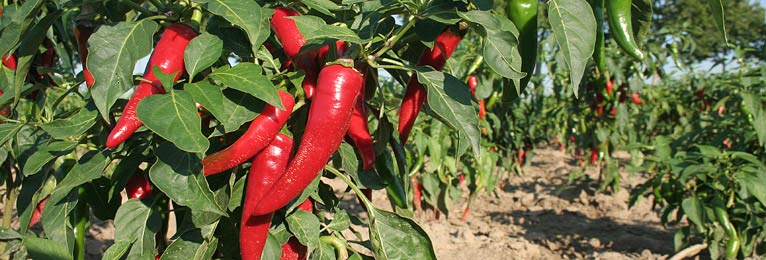
Growing Melons
Melons are a refreshing and healthy fruit that belong to the family of cucurbits. Originally from the Mediterranean region, they are a popular snack during the summer months. Nowadays, there are many different varieties and sizes of melons, ranging from watermelons and honeydew to cantaloupe. In this article, we will explain how to successfully grow melons.
Location
Melons prefer a sheltered and sunny location. The best spot is against a south-facing wall or fence. If possible, the melons should be planted facing south. As melons like protection from wind and weather, they can also be grown in a greenhouse or under a tunnel.
"The more sun - the more flavour!".
Soil
Melons prefer a loose and nutrient-rich soil. Before planting, the soil should be enriched with well-rotted manure or compost. If the soil is too compact, sand can be added to make it more loose.
Sowing
Melons can be sown directly in the field from late April or early May, depending on the region (colder regions should wait 1-2 weeks longer). Alternatively, the melons can be sown in pots or seed trays beforehand and transplanted later. When sowing or planting, it is important to ensure that the plants have enough space. Depending on the size of the mature melon plant, the distance between the rows and the individual plants should be at least 1.50 meters. This allows good air circulation and ensures that each plant gets enough light and warmth.
Care
To promote good growth, melons need plenty of water and nutrients. During the hot summer months, it is important to never forget to water them. As melons are heavy feeders, they should be given a mineral fertilizer with a high nitrogen content every 2-3 weeks in addition to the compost or manure. The soil around the melons should also be mulched regularly to keep it moist and to reduce weed growth.
Protection against pests and diseases
Melons can be particularly vulnerable to attacks by snails, spider mites, or powdery mildew. To prevent pest or disease infestations, the plants should be regularly inspected and any infected areas should be removed immediately. If necessary, natural pest control methods such as neem oil or soap can be used.
Harvest
Depending on the melon variety, location, and region, melons can be harvested from July to September. A ripe melon is recognized by its hollow sound when tapped and its yellowish color on the underside of the skin (unripe melons have a completely green skin and a dull sound). Melons are best harvested in the early morning or evening when temperatures have cooled down. They should always be cut off with a sharp knife at the stem base and not be left too long in the field, as they can quickly spoil.














